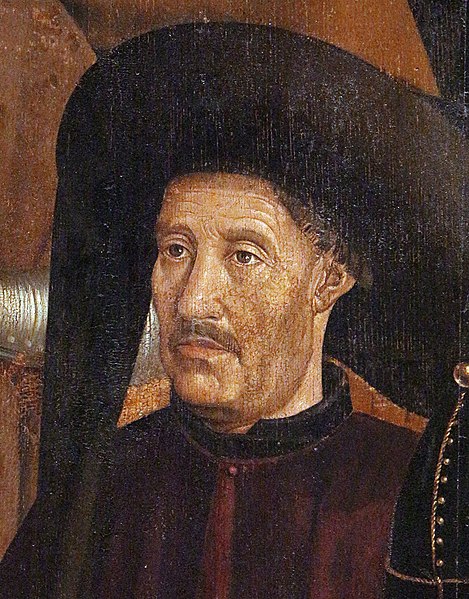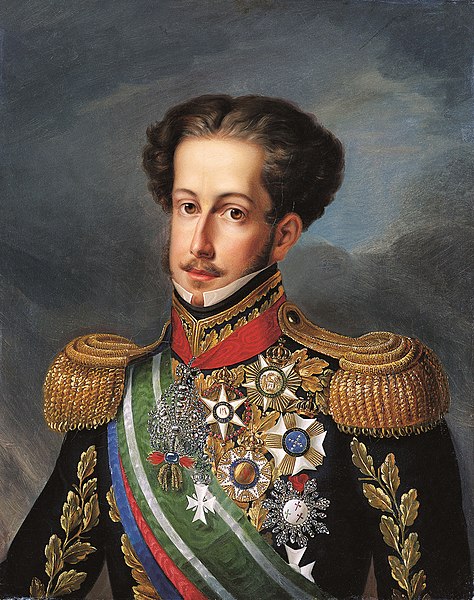Graciosa Island, also referred to as the White Island, is a volcanic island in the Atlantic Ocean. It is the northernmost of the Central Group of islands in the Azores archipelago. The ovular Portuguese island has an area of 60.65 square kilometres, a length of 10 kilometres and a width of 7 kilometres. It's landscape is dominated by a 1.6-kilometre-wide (1.0-mile) central caldera located in the southeast.
South-east side of the island of Graciosa, with the Caldeira Massif in the background.
The historical parochial church of Santa Cruz in the village of Santa Cruz da Graciosa
Santa Cruz da Graciosa, as seen from Velas, São Jorge
The Caldeira Massif, located at the south-east end of Graciosa island
The Azores, officially the Autonomous Region of the Azores, is one of the two autonomous regions of Portugal. It is an archipelago composed of nine volcanic islands in the Macaronesia region of the North Atlantic Ocean, about 1,400 km (870 mi) west of Lisbon, about 1,500 km (930 mi) northwest of Morocco, and about 1,930 km (1,200 mi) southeast of Newfoundland, Canada.
Gaspar Frutuoso wrote Saudades da Terra, the first history of the Azores and Macaronesia, in the 1580s.
Under the direction of Prince Henry the Navigator, the Azores were discovered and populated in the early 1400s.
The Battle of Terceira, part of the War of the Portuguese Succession
King-Emperor Pedro IV & I planned and launched his campaign in the Liberal Wars from the Azores in name of his daughter Queen Maria II








